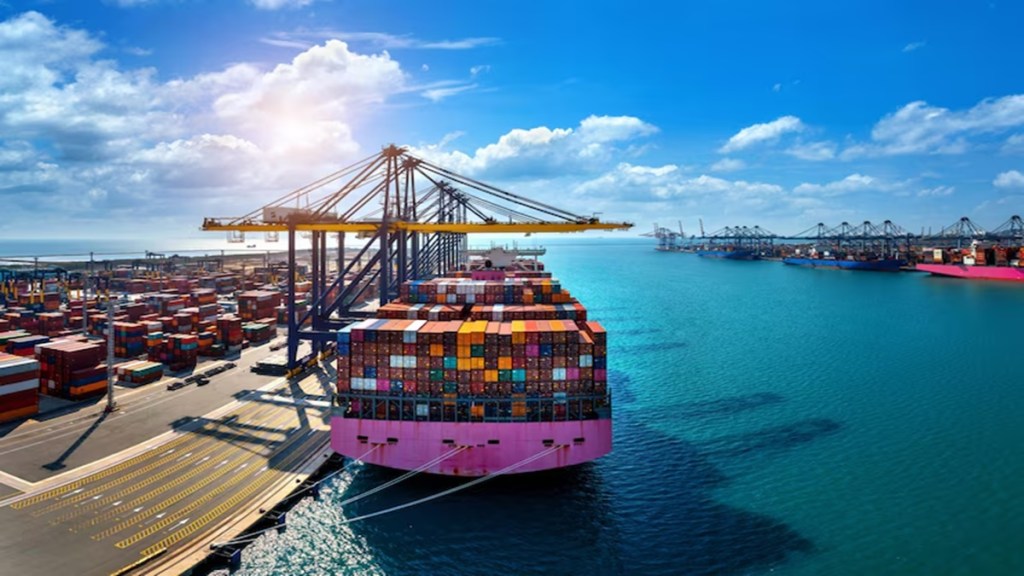Exporters on Thursday demanded that a marketing scheme focusing on the US should be launched to generate an additional $ 25 billion in exports in next three years by taking advantage of the higher duties on Chinese products that president-elect Donald Trump has talked of.
For marketing efforts in the US Rs 750 crore should be provided for three years that will be used to fund a large number of exhibitions and tie-ups with large local retailers and distributors to showcase Indian products, President of Federation of Indian Export Organisations (FIEO) Ashwani Kumar said.
In its pre-Budget meeting with the finance ministry, FIEO also demanded extension of the Interest Equalisation Scheme (IES) for next five years. The scheme which expires on June 30 has been extended just for exporters in the Micro Small and Medium Enterprises category till December 31.
According to a study undertaken by FIEO, India can replace China in various sectors like electronics and electricals, textiles and garments, toys and games, chemicals, footwear, furniture and home decor, and automotive components and parts.
The maximum potential of $ 10 billion additional exports lie in electronics and electricals. In 2023 China had a share of 27.3% of US electronics exports of $ 463 billion while India had just 2.6%.
In apparel and made-ups the export opportunity of an additional $ 2.5 billion exists, in toys $ 1.5 billion, footwear $ 1 billion, in footwear and furniture and home decor $ 1 billion each, in auto and auto components and another $ 1.5 billion, according to the FIEO study. The FIEO has also identified associations to tap for collaboration in the US.
On interest rates, the President said that the IES is currently available only till December 31, 2024, and that too to manufacturers in MSME (micro, small and medium enterprise) with an annual cap of Rs 50 lakh per IEC (import-export code) holder, which is insufficient for many MSMEs.
He said India experiences higher domestic interest rates compared to its competitors, especially advanced economies or countries with export-driven economies like China, Japan, South Korea, Euro Zone, Thailand or Malaysia. This makes financing for Indian exporters more expensive than for exporters from these countries. The FIEO also asked for an increase per exporter limit under IES to Rs 10 crore.
On declining export credit, FIEO Director General Ajay Sahai said it is not keeping pace with the rising exports. “We have seen a decline of 5 per cent in export credit between March 2022 (Rs 2,27,452 crore) and March 2024 (Rs 2,17,406 crore). Exports during this time have risen by 15 per cent in Indian rupee terms,” he said.
“The lack of collateral free is a big challenge,” he said, adding that though the export sector is under the priority sector lending (PSL) but the flow of credit has not improved.
Export credit under PSL on July 1, 2022, was Rs 19,861 crore and it declined to Rs 11,721 crore on June 28 this year, which is a dip of over 40 per cent, Sahai said.
To secure against supply chain disruption the FIEO also asked the government to consider providing equity support to state-run Shipping Corporation of India to augment its fleet or encourage a large private sector shipping line so that a significant share of international trade happens through domestic shipping lines. “We are remitting over USD 100 billion as transport service charges annually and shipping freight is a major component of the same,” FIEO president said.

